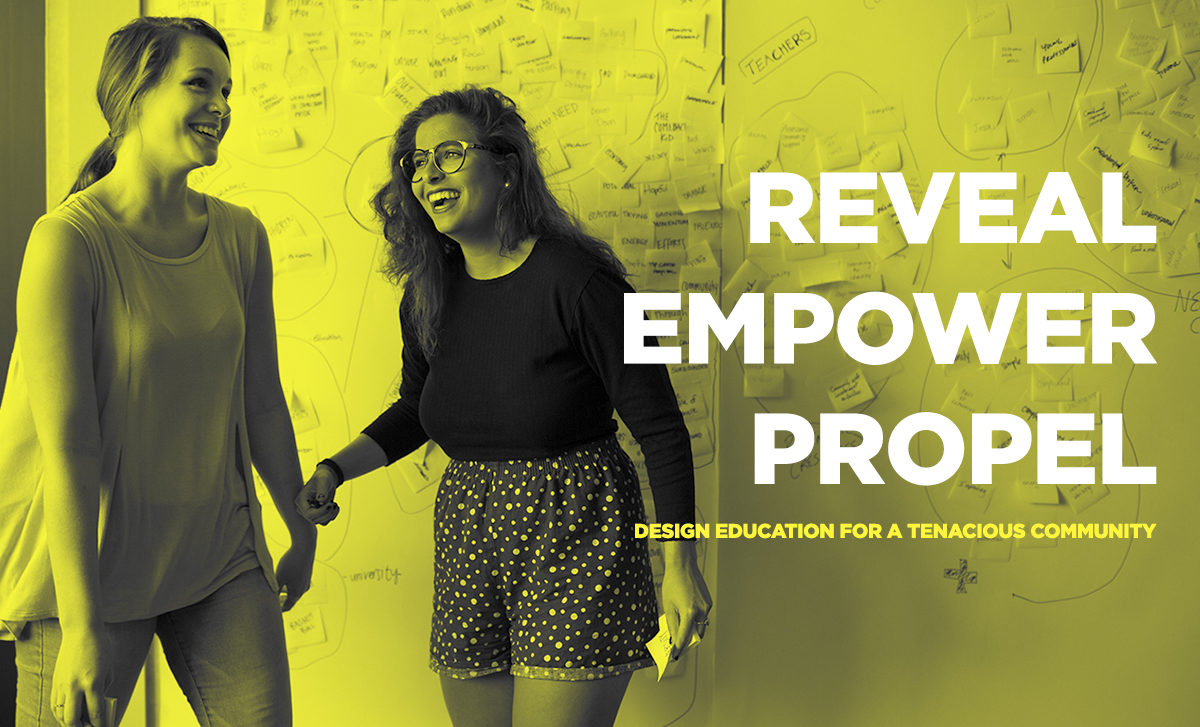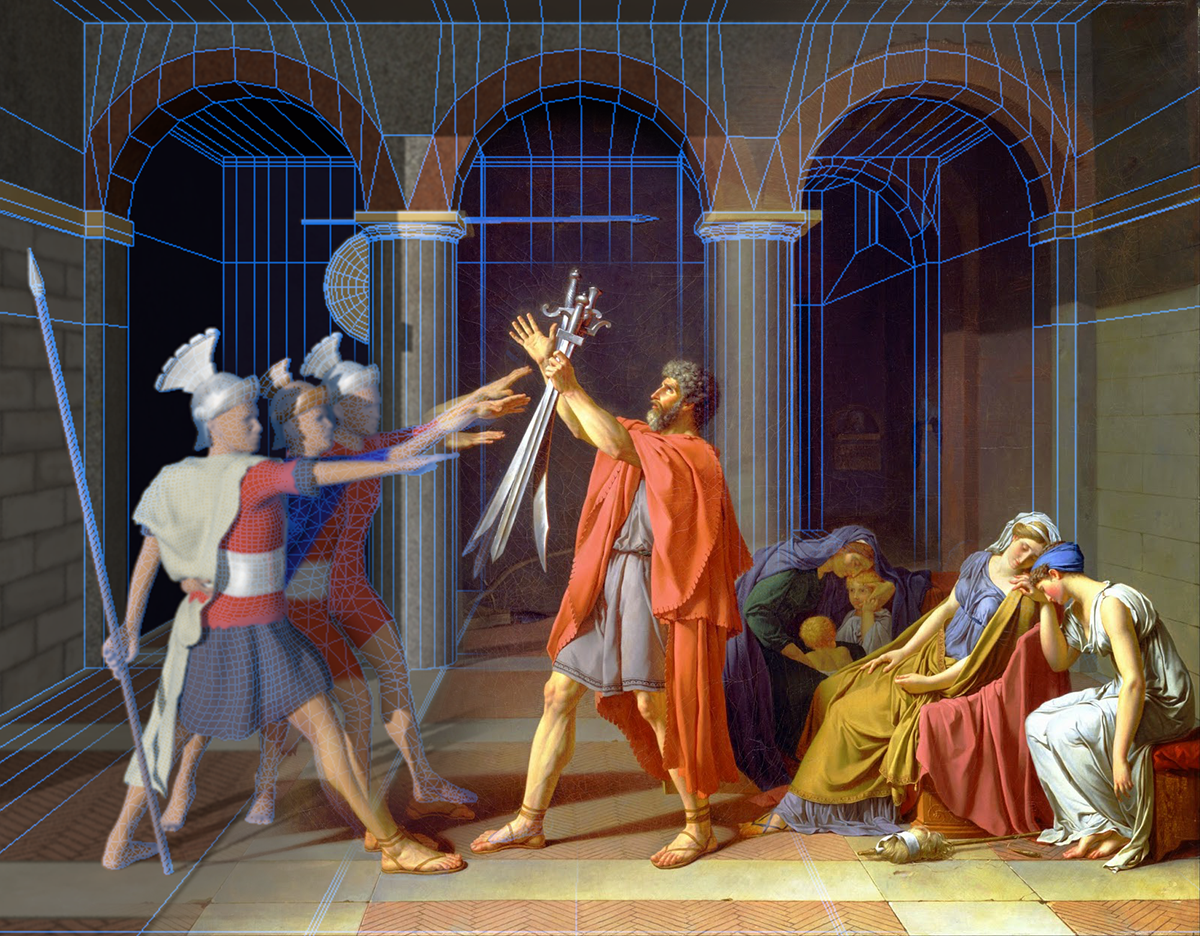Peter Lusch
Assistant Professor of Graphic Design
College of Arts and Architecture
Penn State
Danielle Oprean
Post-Doctoral Research Scholar
Stuckeman Center for Design Computing
Penn State
Multi-modal visualization has long been considered important for design communication through representation and presentation, yet it has not been explored through an interface. In this presentation we discuss the outline for our test of use of a new interface designed to provide a multi-modal experience of design representations through the presentation and review processes. This interface is being developed for use in an immersive environments lab, a unique presentation space that allows for large-screen display and virtual reality. Before implementing a new interface, testing needs to be done to identify issues and perceptions of how well it works. We aim to test the feasibility of using a multi-modal interface with advanced-level undergraduate students in the design disciplines (architecture, landscape architecture, and graphic design) as a way for them to communicate design through presentation and review. In this presentation we talk about how usability testing allows for the results of actual use of an interface to feed back into improving the overall design. Specifically, we will provide an overview of our application of usability testing in design disciplines to address our hypothesis that being able to view different modalities of design representation at one time is more meaningful to communicate design both during presentation and in the review process. Success of the meaningfulness of the interface will be explored through the TAM model (Davis 1992) of usefulness, ease of use, and behavioral intention. We will also present the primary end point goals for this study, including our human factors study, and our self-report measurement of actual use of the multi-modal interface through questionnaires measuring usefulness, ease of use, and behavioral intention.
This research was presented at the Design Incubation Colloquium 3.3: Kent State University on Saturday, March 11, 2017.





